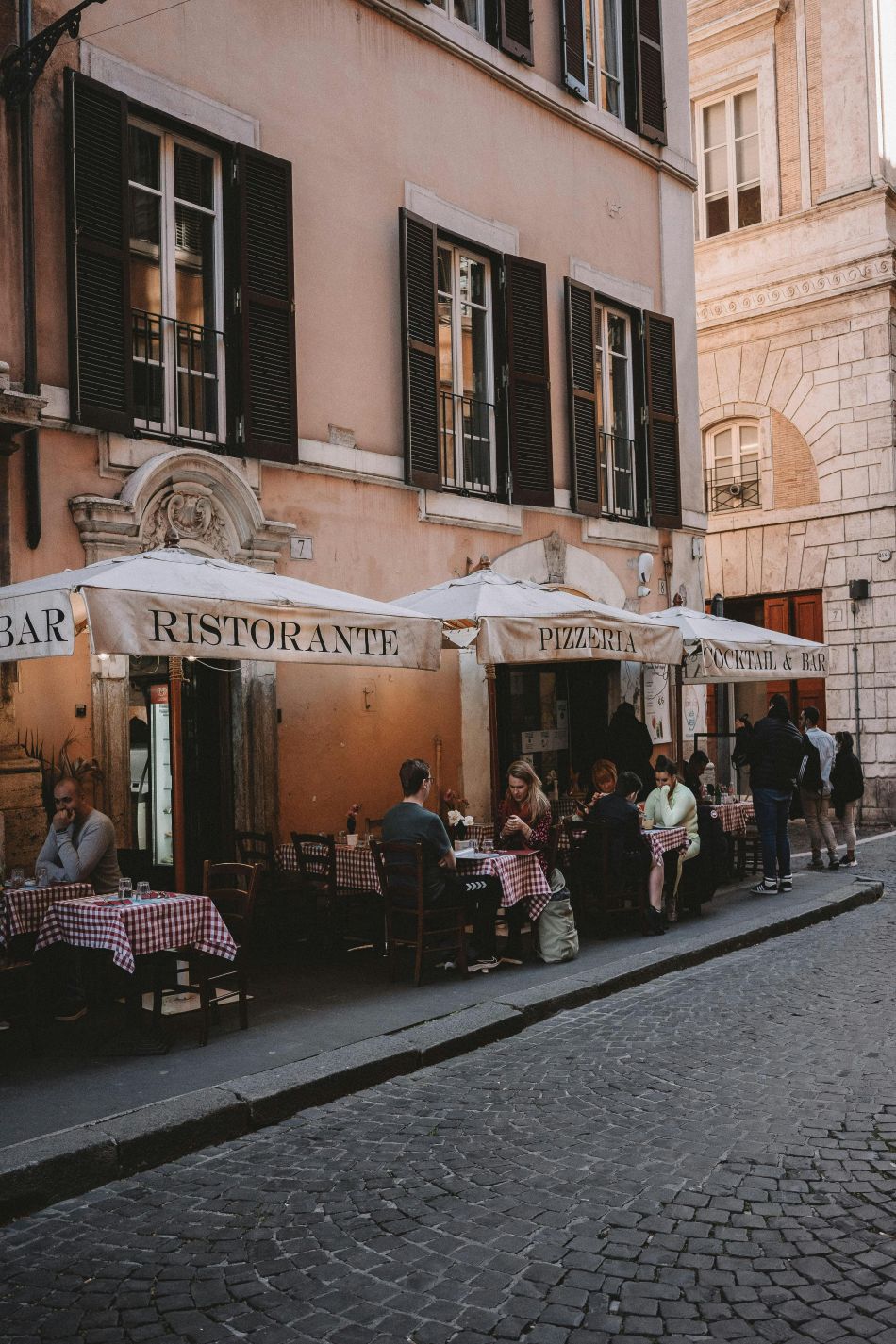When planning a trip, whether it’s a weekend getaway, an international adventure, or a business visit, one of the most crucial decisions you’ll make is where to stay. While many factors influence your choice—budget, amenities, reviews—the location of your accommodation often has the most significant impact on your overall travel experience. Choosing centrally located accommodation can enhance convenience, save time and money, and offer a richer, more immersive experience. Let’s explore why choosing a centrally located stay is a smart travel strategy and how to pick the best one.
Why Location is Key to a Great Trip
Imagine landing in a beautiful city, only to realize that your hotel is 45 minutes away from every major attraction. You spend more time commuting than exploring, incur additional transport costs, and miss out on the vibrant local life that defines your destination. A centrally located accommodation eliminates these hurdles, putting you in the heart of the action.
Benefits of Staying in the City Center or Main Area
-
Easy Access to Attractions
Whether you’re visiting Paris, New York, Bangkok, or Rome, staying centrally means that major sights, landmarks, and museums are often within walking distance or a short ride away. You can see more and do more without spending hours in transit. -
Save on Transportation
Central accommodations reduce the need for expensive taxis or lengthy public transport rides. You can often walk to most places, which not only saves money but also gives you a chance to soak in the local atmosphere. -
Enjoy the Local Culture
Centrally located neighborhoods are often cultural hubs, teeming with restaurants, cafes, street performers, art galleries, and boutique shops. Staying in these areas allows you to experience the soul of a city, not just its tourist façade. -
Better Safety and Infrastructure
Main city areas are generally safer and better maintained. They’re well-lit at night, have police presence, and boast better medical and emergency services. For solo travelers and families, this can offer peace of mind. -
Convenience for Business Travelers
For those traveling on business, staying in or near the central business district (CBD) makes logistical sense. Meetings, events, and networking opportunities are often hosted in these areas.
How to Choose the Right Central Accommodation
While location is key, it’s essential to balance it with your travel style, budget, and preferences. Here are some tips for picking the perfect central stay:
1. Use Online Maps and Reviews
Before booking, check the hotel or Airbnb location on Google Maps. See how far it is from the places you plan to visit. Look for accommodations within walking distance of key attractions or main transit lines.
2. Read Traveler Reviews Carefully
Location reviews are often detailed. Pay attention to comments about walkability, noise levels, safety, and proximity to sights. If multiple travelers mention “great location,” that’s usually a good sign.
3. Check for Public Transport Links
Even if a hotel isn’t right next to the main square, being close to a metro station, tram stop, or bus hub can be just as good. Cities like Tokyo, London, or Berlin are well-connected, making it easy to reach central areas quickly.
4. Balance Location with Comfort
Some centrally located hotels can be noisy or small due to space constraints. Decide what matters most—being in the heart of the city or enjoying a quieter, more spacious retreat. Some travelers prefer a place just a few blocks off the main drag for a mix of both.
5. Consider the Time of Arrival and Departure
If your flight or train arrives late at night or leaves early in the morning, staying centrally can save you the stress of long rides during odd hours. Many central hotels also offer airport shuttle services.
Ideal Cities Where Central Accommodation Shines
1. Rome, Italy
Staying near Piazza Navona, Campo de’ Fiori, or Trastevere means being surrounded by history, art, and mouthwatering food—all within walking distance.
2. New York City, USA
Midtown Manhattan is ideal for tourists visiting landmarks like Times Square, the Empire State Building, or Central Park.
3. Bangkok, Thailand
Sukhumvit and Siam are vibrant central areas with access to shopping malls, nightlife, temples, and the Skytrain.
4. Paris, France
Choose neighborhoods like the 1st Arrondissement (Louvre) or Le Marais for walkable access to the Seine, museums, and cafes.
5. Barcelona, Spain
The Gothic Quarter or Eixample places you at the heart of the action while giving access to Gaudí architecture and local tapas bars.
Hidden Costs of Choosing Remote Accommodation
At first glance, an out-of-the-way hotel may seem like a bargain, but consider these hidden costs:
-
Daily transport fees (taxis, buses, trains)
-
Lost time in transit
-
Fewer dining and entertainment options
-
Reduced flexibility in your schedule
-
Possible language barriers and lack of tourist infrastructure
When you factor in these drawbacks, the money saved on a cheaper room might not be worth the trade-off.
Conclusion:
Choosing centrally located accommodation isn’t just a convenience—it’s a travel strategy that can transform your entire experience. From reduced travel time and costs to enhanced cultural immersion and safety, where you stay affects how you experience a destination.
Next time you’re booking a trip, don’t just filter by price or stars—zoom in on the map and find a stay that puts you in the heart of the action. Your feet—and your travel memories—will thank you

